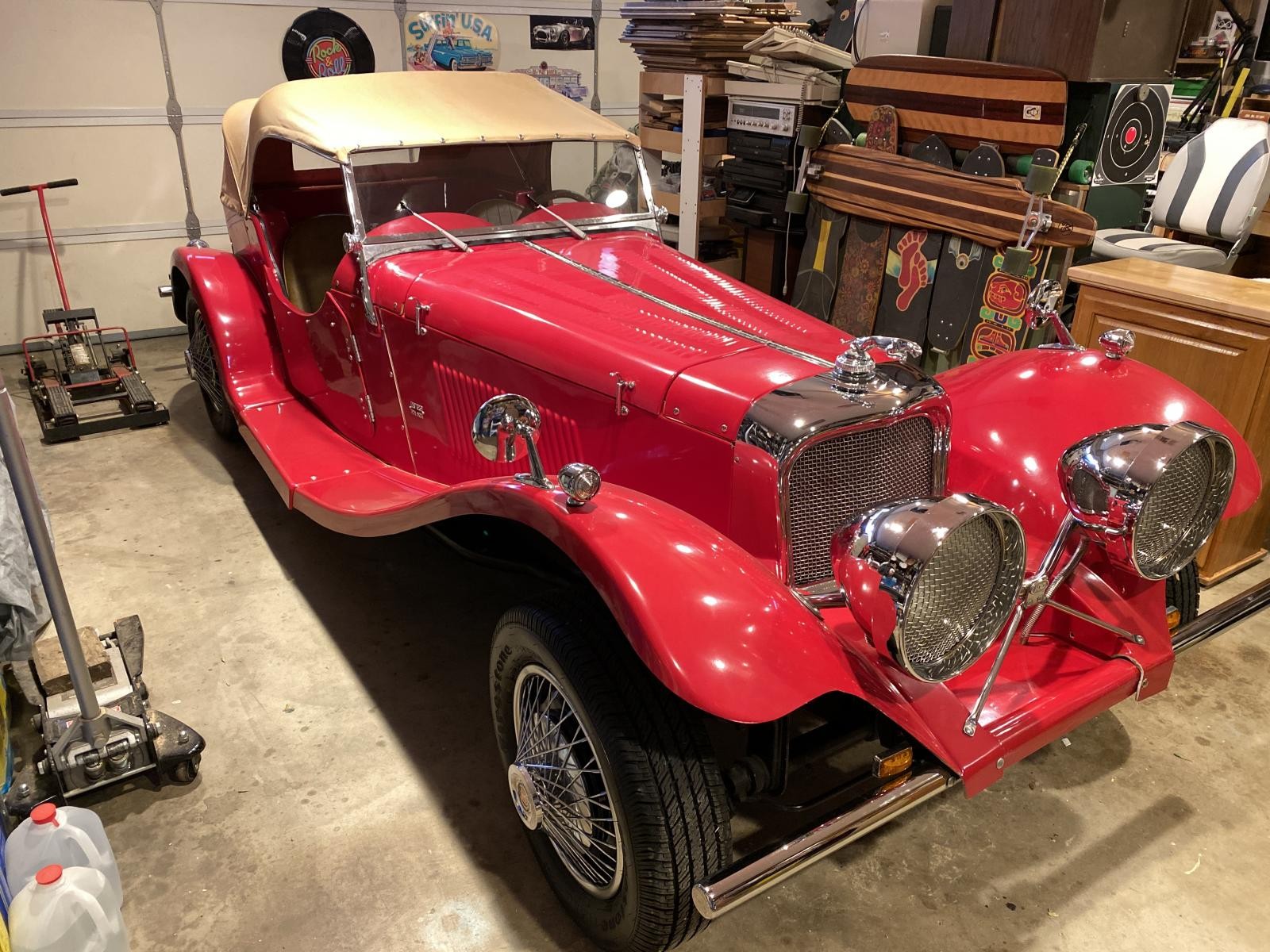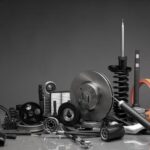Welcome to Ulu’s Garage, where we’re diving into a fascinating project: a historically inspired “replica” of a 1937 SS100 Jaguar. This isn’t just any restoration; it’s about reviving a kit car from Antique and Classic Automotive Inc., a vehicle that’s been out of commission since around 1995. While this car might be considered a bit of a humorous take on the classic Jaguar, its potential is undeniable. It’s built for speed and excitement, but it’s also clear that some corners were cut during its initial assembly. Bolts are loose or missing, brackets are absent, and the overall build quality leaves much to be desired. Despite these shortcomings, it’s a running car with only 366 miles on the clock, seemingly used primarily for parades and shows, and thankfully, it’s been largely protected from the elements.
So, who is Ulu? I’m a retired computer engineer with a lifelong passion for tinkering and mechanics. My background spans from building computer kits in the ’60s to structural engineering, tool design, and even machine programming. Cars have always been a central interest, with experience modifying a diverse range of 24 vehicles. Currently owning seven, including this Jaguar kit car project, I’m no stranger to automotive challenges. This SS100 replica marks my second foray into VW-based projects, following a modified ’66 Fastback from the ’80s. Underneath the classic body lines, this kit car sits on what appears to be a 1973 Type 1 VW pan, though some components like the beam, transmission, and steering column might be from 1974. The engine code confirms a ’73 Type 1 engine.
My history with VWs goes back to 1973 when I worked at a VW shop. While primarily an engine exchange service, it provided hands-on experience with these vehicles. This particular kit car features a 1600 dualport engine with full IRS, ball joint beam, and drum brakes. It’s equipped with a new carburetor and electric fuel pump, still demonstrating considerable pep. However, it’s missing a breather tube and clearly needs a vapor recovery system.
My broader automotive experience isn’t limited to VWs. Back in the day, I was involved in repairing all types of cars and motorcycles, even dabbling in custom paint jobs. With a family fleet of seven vehicles to maintain, I became adept at vehicle upkeep and repair. This experience laid the foundation for tackling projects like this SS100 kit car, where electrical issues are just the beginning. The wiring in this car is, to put it mildly, a mess.
The haphazard wiring is merely symptomatic of deeper issues. It’s a classic case of shortcuts taken during assembly, resulting in a vehicle that runs but lacks refinement and reliability. The sheer volume of blue quick-taps used in the wiring suggests a less-than-professional approach.
Moving beyond the electrics, the wheels and tires are another area needing attention. While the tires are relatively new, with a 2010 date code, the “foofoo” wheel covers are not in keeping with the classic Jaguar aesthetic and will be replaced. The VW pan itself is in decent condition, showing only minor rust near the passenger’s toeboard. However, the interior presents its own quirks, notably the seats being positioned unusually low and far back.
Upon arrival, the car was running but had a fuel leak, limiting the initial test drive to a short block. Gasoline had permeated the carpet, necessitating a complete interior strip-down. Adding to the unique driving experience is a wheelbase extension achieved with a welded apparatus bolted in place of the front beam axle. This modification, adding approximately 13.5 inches to the wheelbase, certainly affects the handling.
While this extension might make the steering slower and increase the turning radius, the brief drive was surprisingly enjoyable. Despite its flaws, the car has a certain charm and driving appeal. However, structural rigidity is a concern. The looseness of the frame extender bolts and the somewhat flexible chassis are evident when jacking up the car. The front stabilizer bar and stock torsion bars contribute to a rather stiff front suspension.
The project ahead involves addressing all these issues and sourcing the correct 1937 Jaguar Ss100 Kit Car Parts to enhance both its authenticity and reliability. From rewiring and chassis reinforcement to interior upgrades and aesthetic refinements, this restoration aims to transform this quirky kit car into a more faithful and enjoyable tribute to the classic Jaguar SS100. Stay tuned as we delve deeper into each of these areas and track the progress of finding and fitting the necessary parts.

